The Aerodynamics of Flight
from Airplanes and Birds to Insects
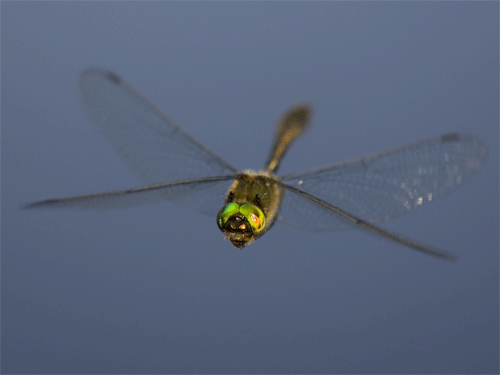
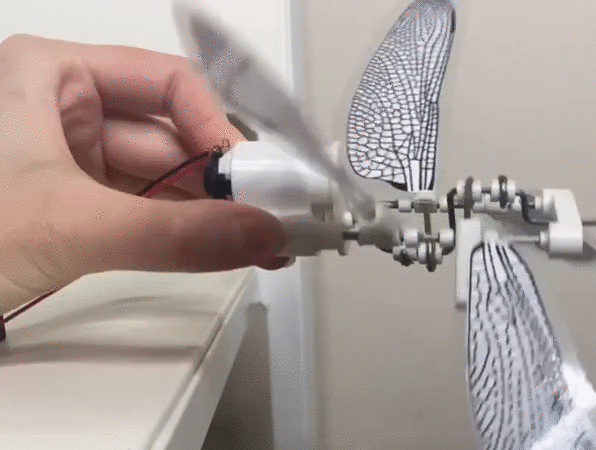
About.
Humans started flying back in December 1903, when Wrights brothers achieved the first powered, sustained, and controlled airplane. However, birds started flying 125 million years ago, while insects had been buzzing around for over 300 million years. This demonstration investigates the aerodynamic of flights, starting with airplanes and birds, to the rather complicated subject, the aerodynamics of insect flight. An e-Bird purcahsed is used to demostrate the aerodynamics of bird flight. By minicing a dragonfly, an e-Fly model is built to demonstrate the aerodynamics of insects.
Download Powerpoint Presentation
Birds.
The shape and structure of birds and airplane are similar. They also both have light weight feature, making it easier to overcome gravity. For generating thrust force, birds use their muscles, while planes use engines. This means that birds generate thrust and hence lift through flapping their wings.
Notice that birds also rotates their wings in order to get more winds through the flapping motion. They rotate their wings forward and down and then lift them back up. When rotating forward, lift force generated from the air push the bird in both upward and forward direction.
Demo with e-Bird:

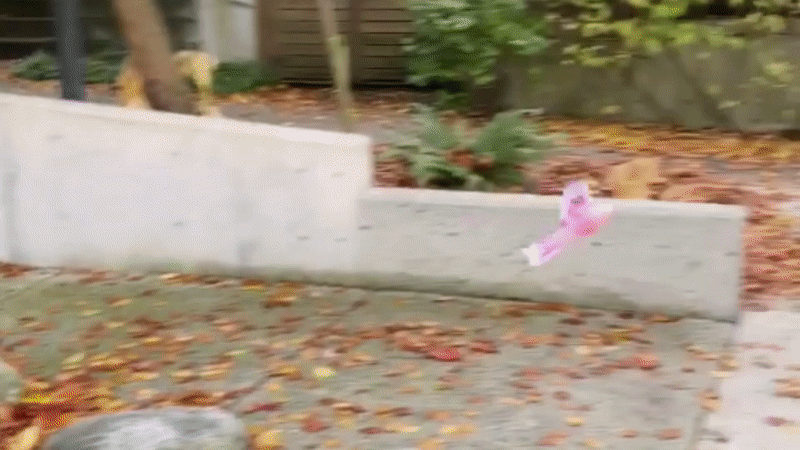
Insects.
Unlike mammals that are relatively big in size, the flying mechanism of insects is a rather complex subject, as each species of insects has their unique body structure and wing shape. Sizes of insects are identified by a large range of Reynolds number, from 10 to 10^5, making it difficult to come up with a generalised model.
The two mostly studied aerodynamic models of insect flight are the leading-edge vortex model and clap-and-fling model. Only with recent developments in high-speed videography have allowed researches to make rapid progress in understanding insect flight, which have puzzled biologist for over a century.
I then build a e-fly model trying to minic the flying motion of a dragonfly, using a Mini Electric 1.5-3V 24000RPM DC Motor (driven by 2 x AA Battery), and metal wires and plastic. Photos below shows my draft design and prototype:
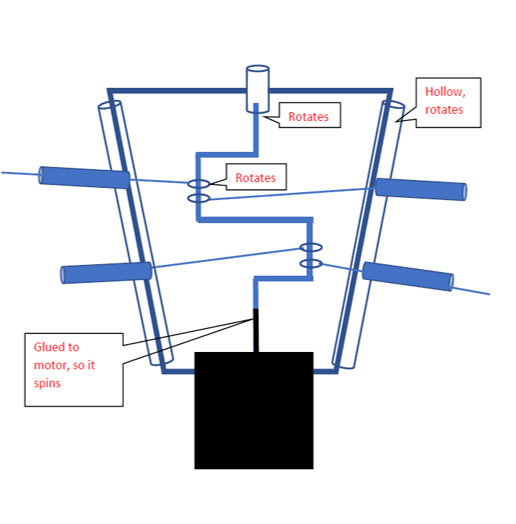

I then improved my model by 3D printed the parts (as shown in the drawing). Even though my e-fly is able to flap its wings with some external spinning with the spinning handle design, it is still to heavy to fly on its own. A much lighter material could be used instead of the metal wires. Below is my final design:
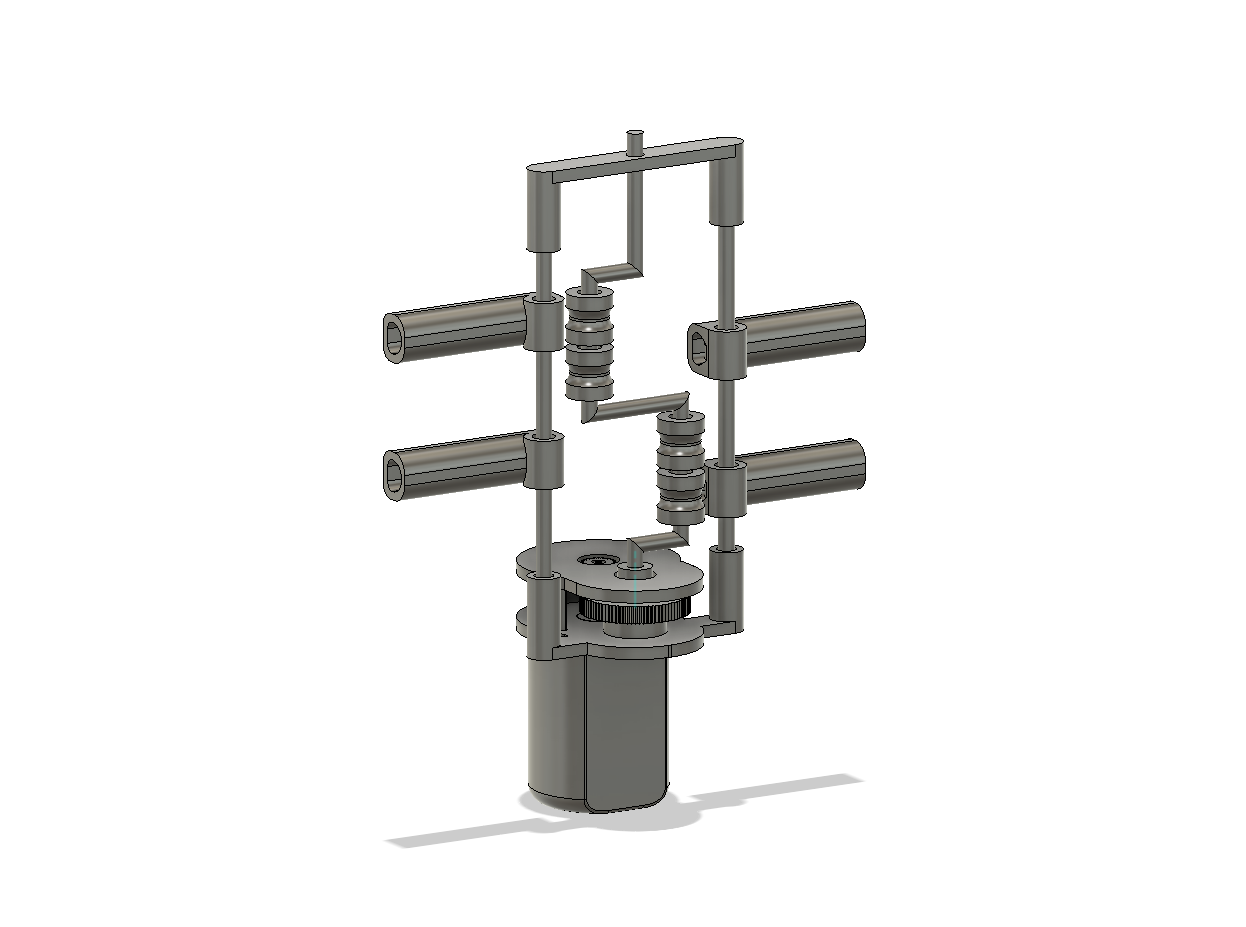
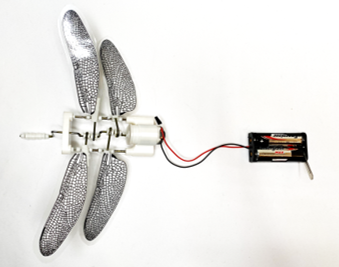
Contact.
Let me know if you have any questions!
shengman456@gmail.com